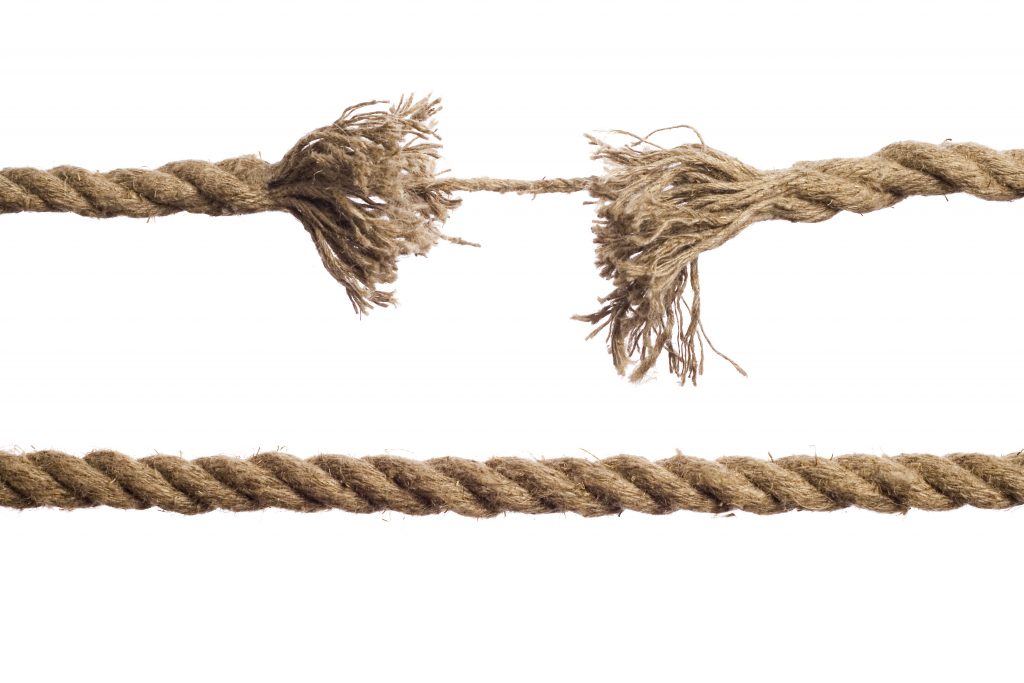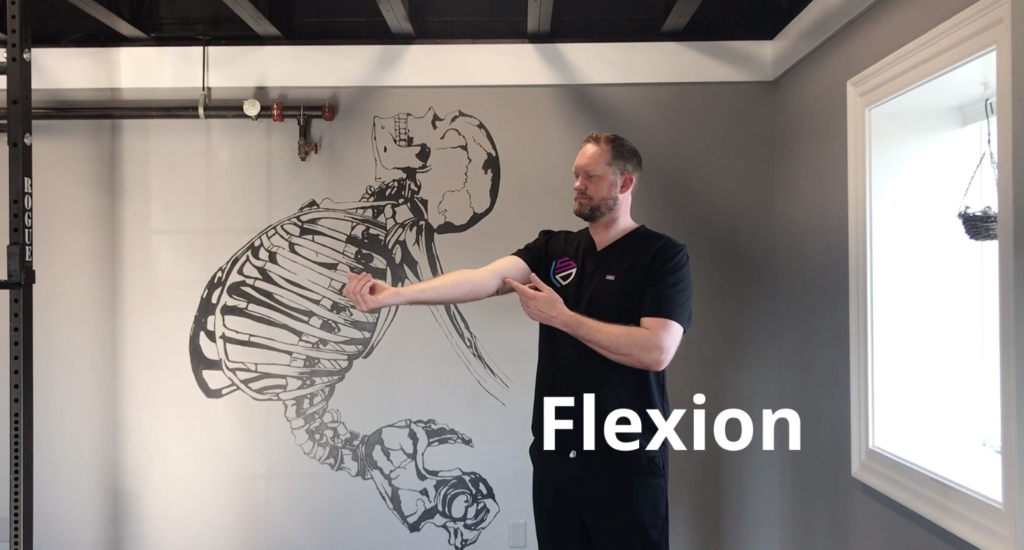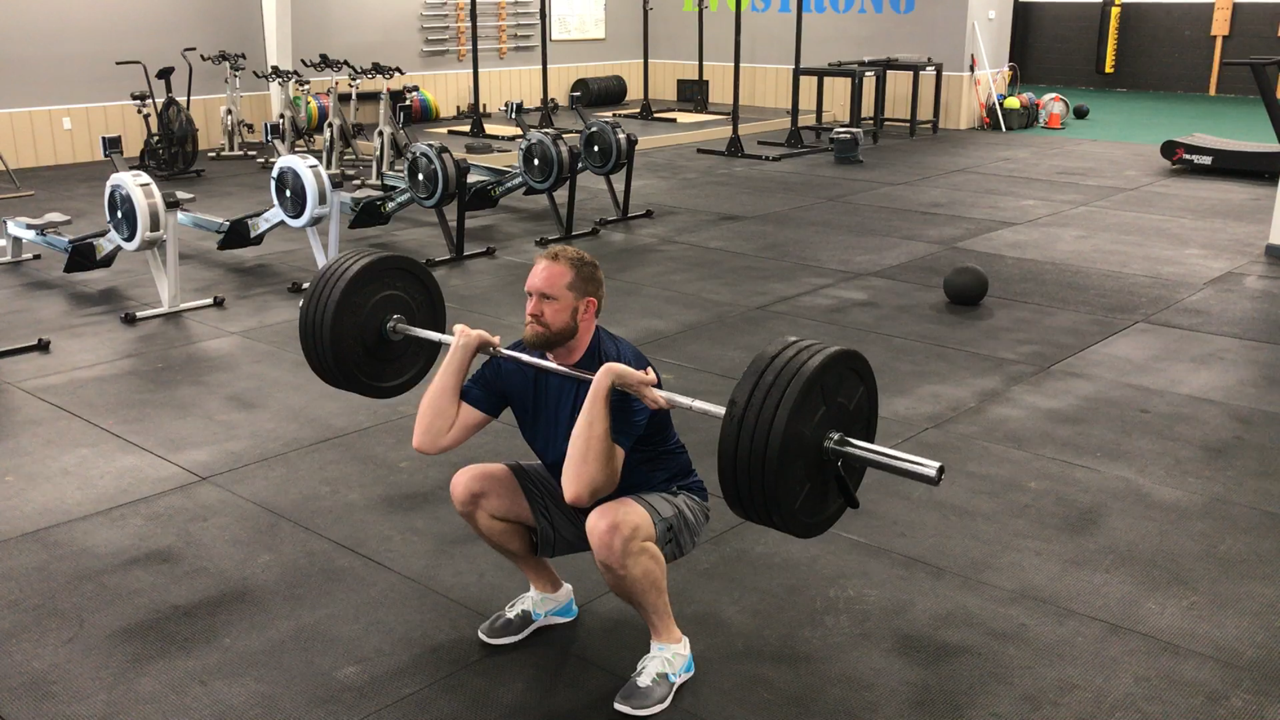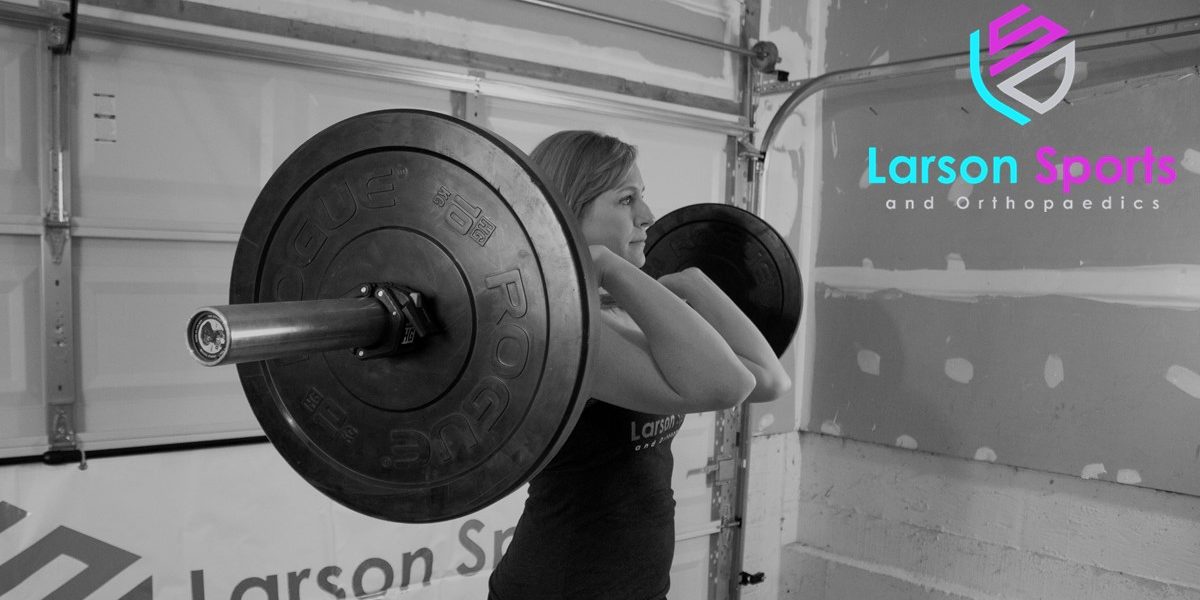Elbow pain is very common, especially with my patient population of lifters and functional fitness athletes. But that’s why I’m here, to make sure these kinds of problems don’t keep you sidelined for long. I have an entire post about the most common sources of elbow pain that you can read here. But one of the most common causes is simple triceps tendinitis from too many burpees, pushups, and bench presses.
What is the Triceps muscle?
Your triceps brachii is a muscle in the back of the arm, between the shoulder and elbow. It is commonly known as just “the triceps.” It attaches to the bony tip on the back of the elbow, called the olecranon. The triceps has three separate muscle bellies attached to a common tendon at the bottom. That tendon attaches to the olecranon, the bony point on the back of your elbow.
What Does The Triceps Muscle Do?
The triceps main job is to straighten your elbow, and it helps when pushing things away from you. This motion is called elbow extension. The triceps is most active during pushups, bench press, and similar exercises. (see my online motion course for a tutorial in the proper names for the movement of all major joints)

If your elbow pain does not seem like triceps tendinitis, check out this article for other common causes.
Kinds of Triceps Injuries
There are two major triceps injuries: either triceps tendinitis or triceps tendon tears. While tears are fairly uncommon, tendonitis is a very common source of pain elbow pain for weight lifters and functional fitness athletes. Tendonitis usually develops due to chronic overtraining. This is very common, since I only have two kinds of patients: those who won’t start exercising and those who can’t stop!
The triceps tendon can also tear completely but that’s pretty uncommon. This usually happens during sudden forceful action while the muscle is under tension, like doing dips or gymnastic types of exercise. People don’t really tear the triceps during routine weight lifting. It’s easy to tell when this happens due to the sudden pop and difficulty using the arm at all. There can also be a noticeable gap in the tendon on the back of the elbow.
Another common source of pain in the back of the elbow is olecranon bursitis, which looks like a big bubble on the back of the elbow. It can be the size of a golf ball or egg. Both olecranon bursitis and triceps tendon tears need to be seen by a surgeon ASAP since they often need surgery.
Cause of Triceps Tendinitis
Triceps tendonitis is often referred to as “Weightlifters’ Elbow.” When you do a lot of burpees, pushups, and bench presses it causes microscopic tears in the tendon of the triceps. When this builds up faster than your body can heal, you get tendinitis. The keys to treating tendonitis of any kind are to limit the activity damaging the tendon as well as promoting faster healing of the tendon.

Check out this article for more information about tendonitis and how it is treated.
Risk Factors For Triceps Tendonitis
There are many things that can put you at a higher risk of developing tendonitis. Some of them can be changed, but some are inherent problems for some people including:
- a rapid increase in how hard or often you perform a repetitive movement
- not warming up or stretching properly, particularly before exercising or playing sports
- Using poor technique while performing your exercises
- using anabolic steroids at any time in the past
- having certain chronic conditions including diabetes, rheumatoid arthritis, and other autoimmune diseases
- Using prednisone chronically for autoimmune diseases or lung disease
- Antibiotics in the flouroquinolone family, like Cipro or Levaquin. These can make tendons weak as a rare side effect.
Signs of Triceps Tendinitis
- Deep elbow aching
- Sharp pain when pushing
- Swelling at the back of the elbow
- Weakness when pushing
- Popping
Unfortunately, the most common finding is simply a deep ache in the elbow that gets worse when exercising. The exercises most likely to aggravate it are push-ups, burpees, bench press, and triceps extensions ie “skull crushers”.
Home Treatment of Triceps Tendonitis
It’s important that any kind of tendonitis is addressed early. If you try and ignore it, the symptoms will just get worse. And you could end up with something worse, like an actual tear. The first-line treatments for triceps tendonitis are aimed at reducing pain and inflammation while preventing further injury. The acronym “RICE” can help you remember the early treatment triceps tendonitis:

R – Rest
Listen to your body and stop doing the things that hurt. Normal muscle aching is fine. But no sharp pains during exercise. Sometimes you can find a lower weight that is comfortable, and work in that range. But you are going to have to stop all heavy triceps activity.
I – Ice
Apply ice to the affected area for about 20 minutes several times a day to help with pain and swelling. But once the pain has settled down, you probably want to switch over to heat to improve blood flow and healing.
C – Compression
Use elbow sleeves or straps to compress and provide support to the area until the swelling has gone down.
E – Elevate
uh… not so much, haha! I mean this is part of the classic recommendation but elevation isn’t really possible with triceps tendinitis, nor is it going to help the problem. Just ignore it this time.
Anti-inflammatories Help The Pain
Additionally, over-the-counter anti-inflammatory medications can be used to help with pain and swelling. This includes the common meds like ibuprofen and naproxen, if you are allowed to take them.
Activity Modification Is Essential
This really is key to treating tendonitis of any kind. You can’t heal by doing the same things that hurt you. Sometimes total exercise rest is needed on the injured body part. Of course, you can still work out the rest of your body while giving your elbow a rest.
Avoid these exercises:
- Dips and ring dips
- Elbow extensions
- Pushups and burpees
- Any kind of press including bench, overhead, and military press
- Anything labelled as “push downs”
- Any lifts that causes pain
You can keep working the abs, lower body, and many full body moves like deadlift. As long as they don’t hurt of course.
Stretching To Reduce Triceps Tendinitis
While it is important to avoid exercises that worsen the tendinitis, it can also help a lot to stretch. Be sure to stretch all directions of the elbow. That should include flexion and extension at the elbow, but also rotation through the wrist and forearm, which begins at the elbow.
Limited mobility above the elbow can lead to elbow tendinitis as well. So it is important to stretch the shoulders as well and work on full mobility there. Weak shoulder muscles can be a cause of elbow tendinitis too, so keep the rotator cuff strong. These two precautions can help prevent a lot of pain at the elbow.

Having Trouble With The Terms?
Don’t know flexion from extension? It’s not easy unless you’ve had training. That why we’ve created a course to help coaches and athletes learn how to communicate more easily, with correct terminology. Take our online course to learn the difference between flexing a muscle and flexing a joint! Check it out below.
When To See A Doctor
If these measures just don’t fix the problem, you should see your doctor. They can prescribe physical therapy, do steroid or PRP injections, or even surgery if needed.
Imaging
Your doctor will usually get an X-Ray to check for other common sources of pain like arthritis. But the diagnosis of triceps tendinitis is usually done by exam and symptoms. We don’t get an MRI unless we have a high suspicion of a real tear of the tendon. That’s because MRI tends to overestimate the amount of damage to the tendon and that can just worry patients or lead to unnecessary surgeries.
Physical Therapy Is The Best Treatment For Triceps Tendonitis
Physical is the next stage to try if your home treatment has been unsuccessful. These include ultrasound, e-stim, IASTM, and eccentric strengthening protocols to help rebuild the tendon. Another new treatment method that may be helpful for the treatment of tendonitis is low-load blood flow restriction training. This is also something that should be done under the careful supervision of a trained professional.
Eccentric Exercise
Eccentrics are a staple of physical therapy, but you can work them into your normal routine to help prevent tendinitis too. Eccentric lifts are where you do your normal weight training motion, just really slow. You should take 3-5 seconds to slowly work through it. Then move back to the starting position at a normal pace.
Eccentric exercises are great for reducing tension on the tendons. It also helps the tendon to heal rather than break it down. And it can produce some great improvements in strength and muscle size at much lower loads. Working under tension for so long is very tiring, so you typically use half the amount of weight you’d normally lift (or less.)
Low-load Blood Flow Restriction Training
A new modality in rehabilitation is blood flow restriction (BFR) therapy. New scientific evidence shows that by restricting the outflow of blood while muscles are exercising, it is possible to boost gains in the size and strength of muscles and tendons. This occurs at very low loads, like 20-30% of your one-rep max lift (1RM.). It allows therapists to get your strength back quickly without risking damage to repaired muscles and tendons. And it may be useful in the treatment of tendinitis as well.
IASTM For Triceps Tendinitis
Instrument-Assisted Soft Tissue Mobilization (IASTM) is a therapy technique that helps to stimulate healing in soft tissues as well as realigning the connective tissue in tendons. This is a relatively new technique but more therapists are using it. I find that this can be a very effective treatment modality in the hands of a skilled practitioner.
MRI often overestimates the amount of damage in triceps tendonitis. It can show a full tear of the tendon even if it is only partially damaged.
– Kholinne, E. J Ortho Surg 2018
Injections
Steroid Injections
Corticosteroid injections can help to reduce pain and swelling. I don’t typically offer cortisone injections more than once. They can increase the risk of tendon tearing. Instead, I often use Toradol injections now. Toradol is a high-strength anti-inflammatory medication that doesn’t damage the tendon.
Platelet-rich plasma (PRP)
PRP injections use your own body to speed healing. PRP involves taking a sample of your blood and then concentrating the platelets and other factors involved in healing. This preparation is then injected into the triceps tendon. This helps stimulate the healing of the tendon so it can repair itself. You can read more in our article PRP: Can it help you?
Surgery
Triceps tendonitis will usually get better without surgery. Usually, if the tendon pain won’t go away, we find that there is actually a partial tear. We have to do an MRI to see that though. A partial tear, while rare, can cause similar symptoms as tendinitis. But it won’t get better on its own and usually needs surgical repair to get better. And again, it’s important to note that MRI often overestimates the amount of triceps tearing.
Conclusion
Regardless of the severity of your tendinitis, it’s important to remember that everyone heals at a different rate. It often takes six months or more for tendinitis heal completely. Additionally, it’s very important to return to full activity slowly. Start back too hard and too fast, you’re at risk of worsening your injury.
If you have persistent pain in your elbow, and it’s not getting better, contact my office for an appointment: Bone and Joint Specialists of Winchester. We are a short drive from most places in northern Virginia, Maryland, and West Virginia. At our new location we have expanded on-site treatment options including physical therapy and occupational therapy as well as access to our surgeon-managed outpatient surgery center.
References
- Triceps Tendinopathy
- Evaluation of common elbow pathologies: a focus on physical examination
- MRI overestimates the full-thickness tear of distal triceps tendon rupture
- Low-load blood flow restriction training induces similar morphological and mechanical Achilles tendon adaptations compared with high-load resistance training.

Dr. James Larson is an orthopedic surgeon specializing in sports medicine and arthroscopic surgery. He also holds a CF-L1 certificate and is a Certified BFR Specialist. He supports weight training and high-intensity exercise throughout the lifespan. He started LSO to keep more people moving better, longer.

